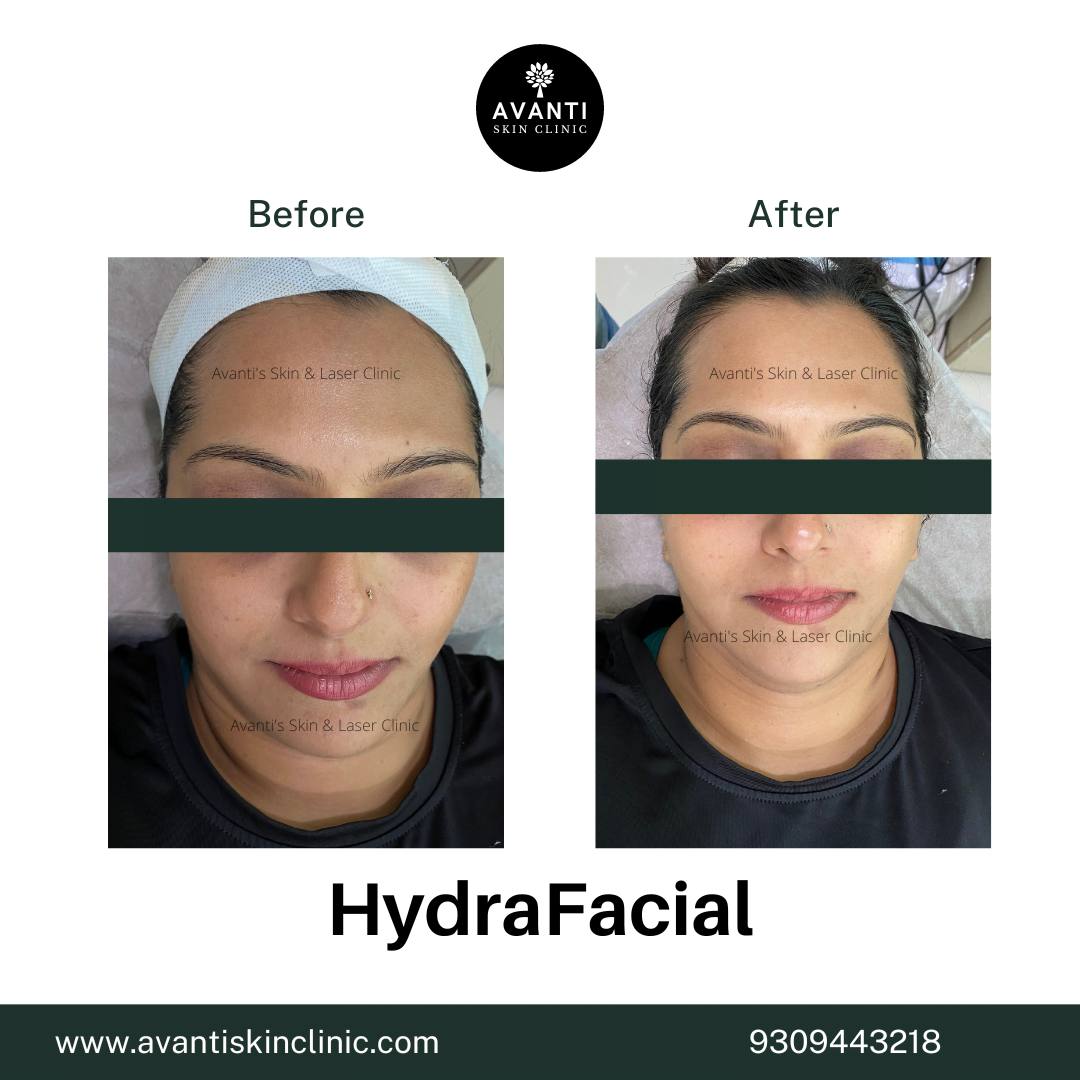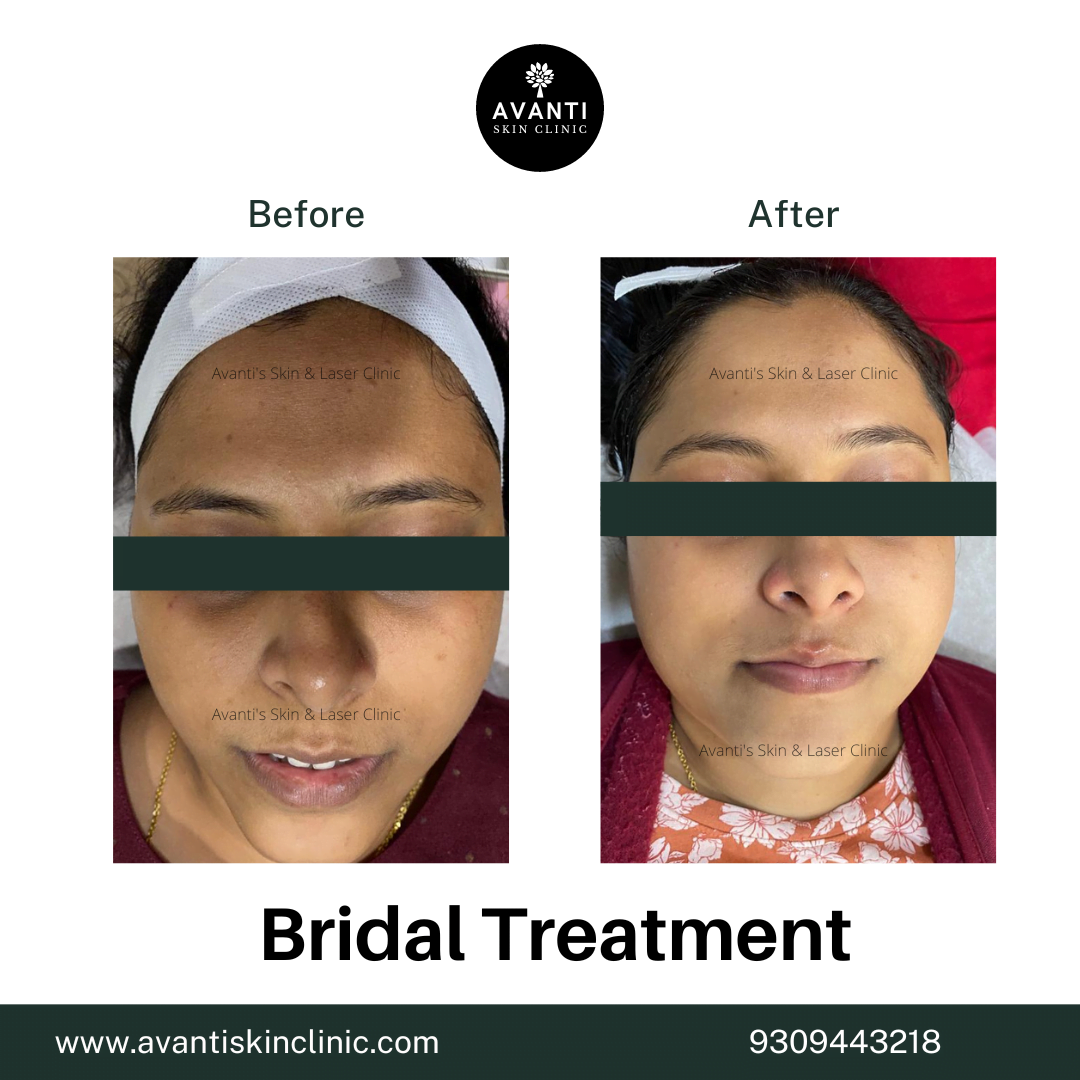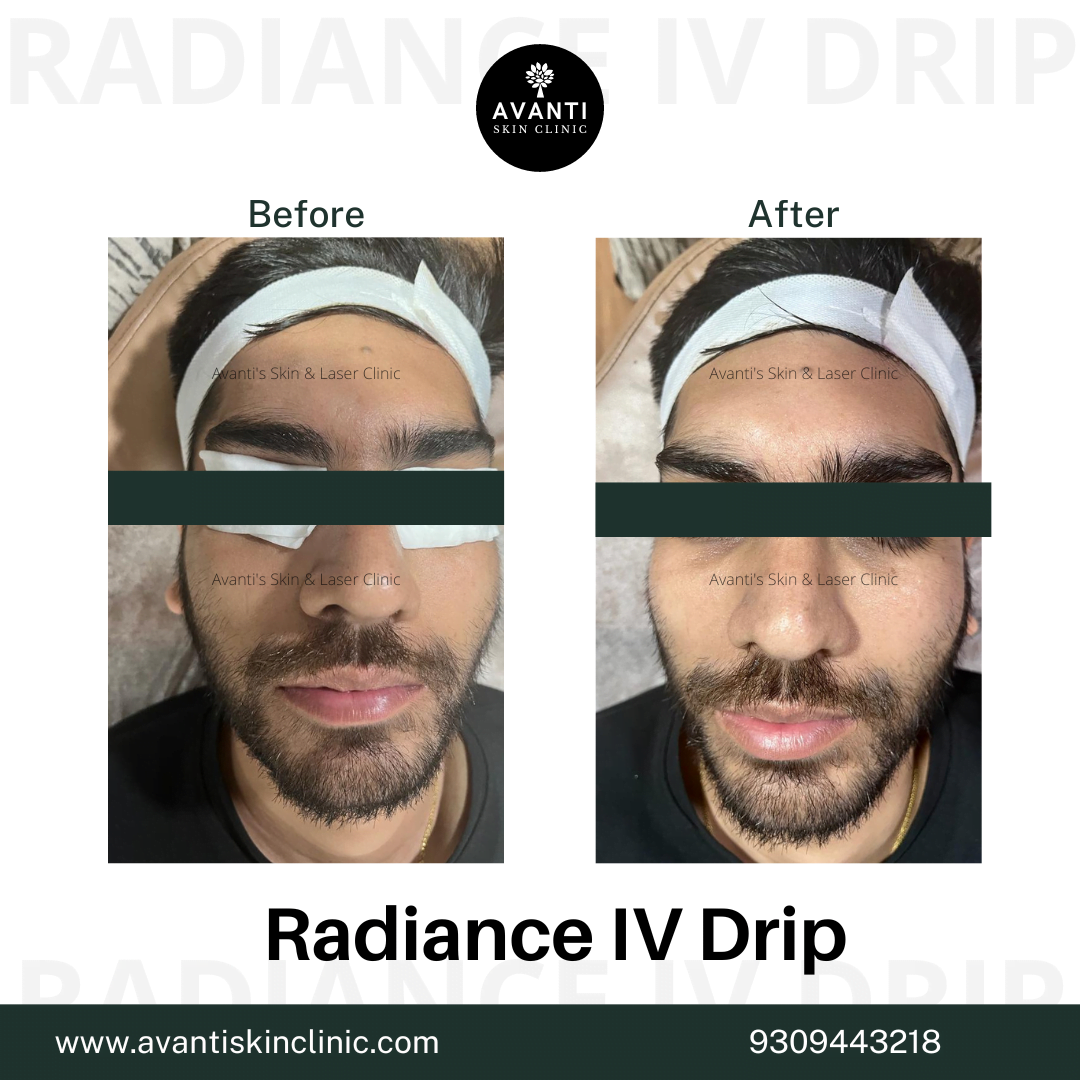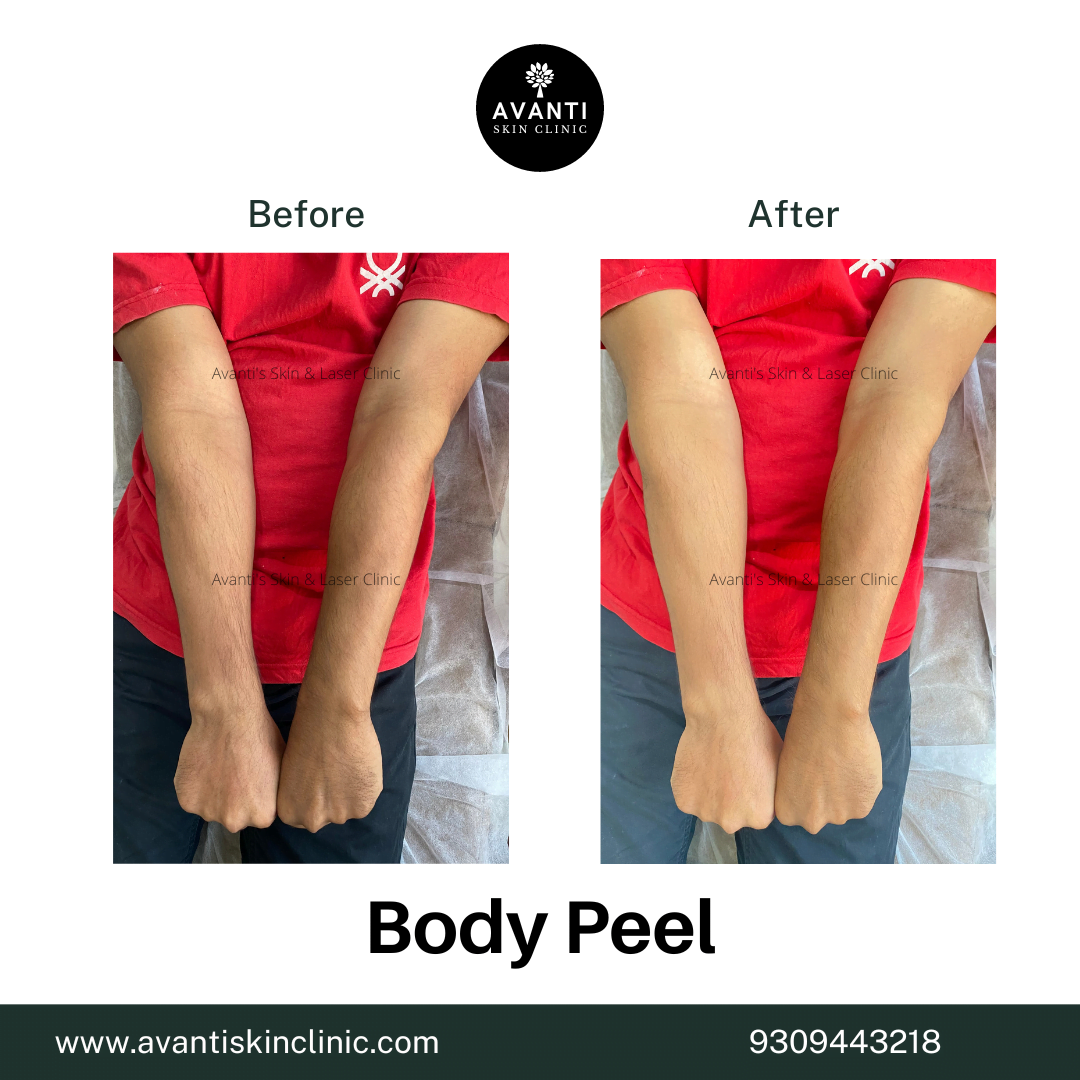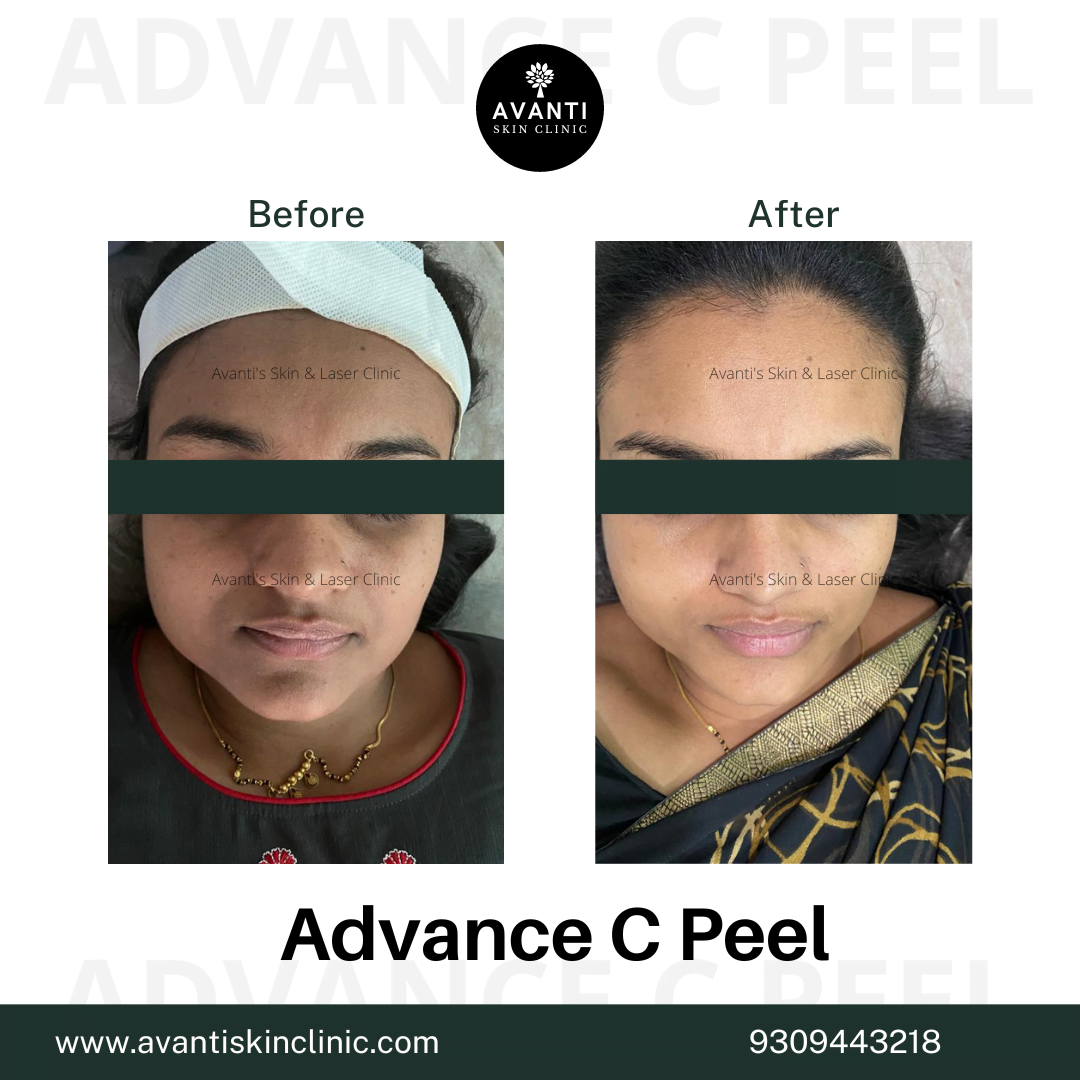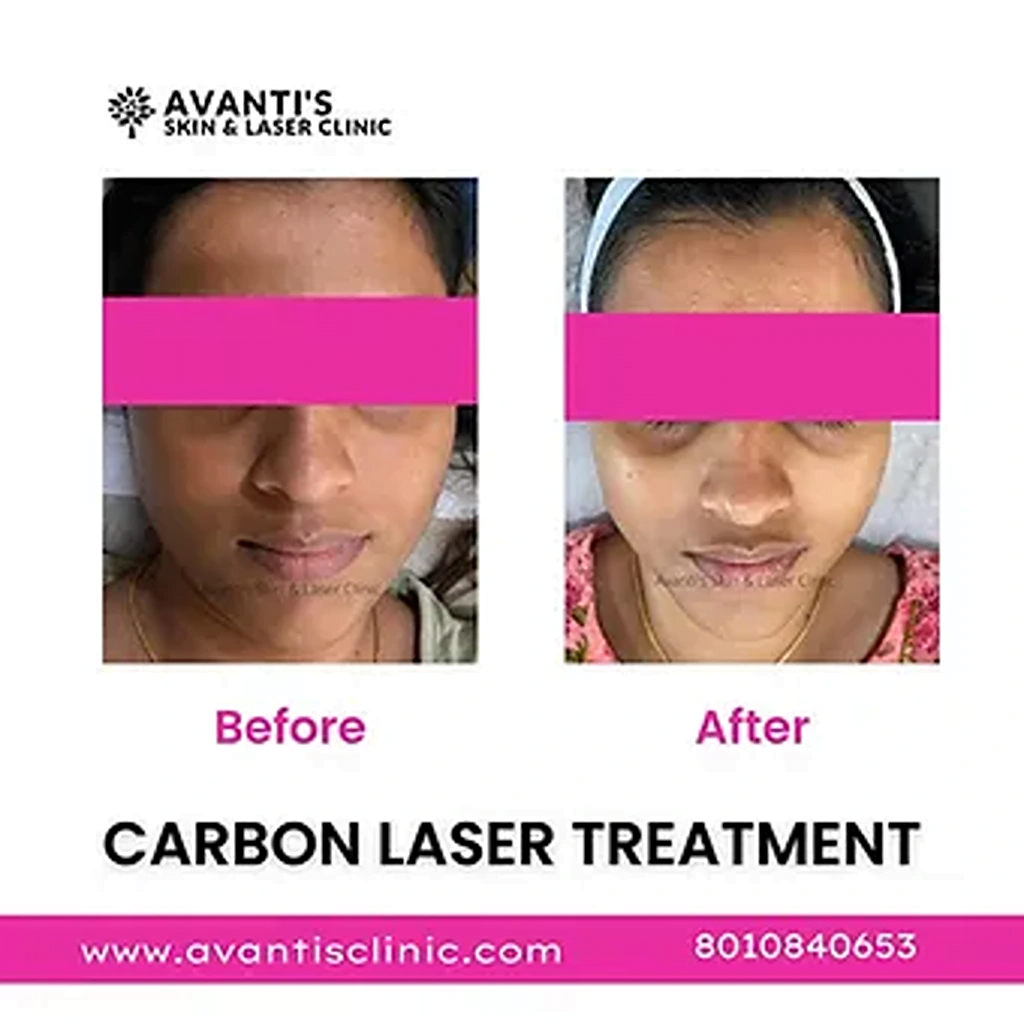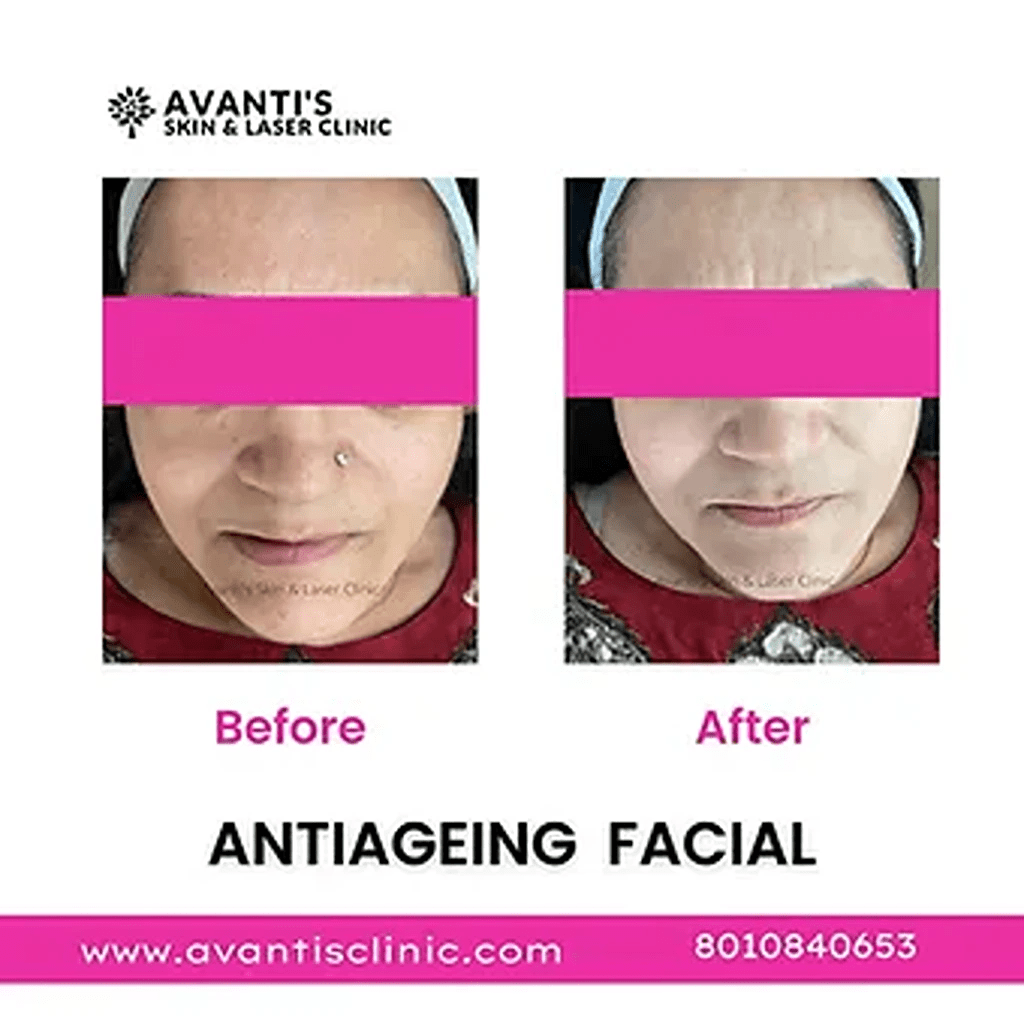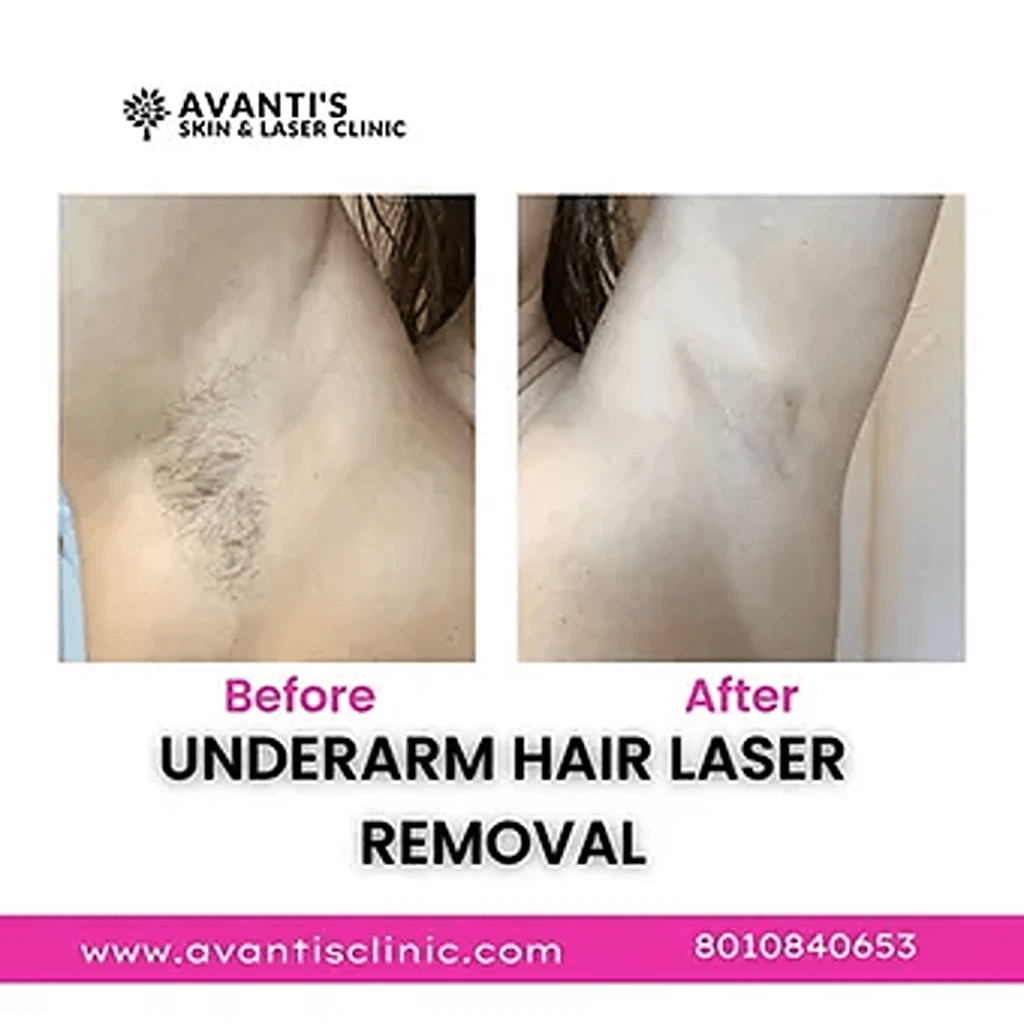When Should You Start Using Retinol? Dermatologists’ Tips
Retinol has earned its place as one of skincare’s most talked-about ingredients — and for good reason. It helps fight early signs of ageing, smooths texture, and fades pigmentation. But one question almost everyone asks before starting is simple: when is the right time to start using retinol?
Dermatologists agree that timing, skin type, and lifestyle all matter. Starting too early or using it the wrong way can cause irritation, while starting at the right time can help preserve youthful, glowing skin for years. Here’s what experts recommend about when to start retinol, how it works, and what to expect once you add it to your routine.
What is treated by retinol?
The goal of many over-the-counter retinol creams is to make your skin look better. If these don’t work, you can ask a dermatologist—a medical professional who specialises in skin conditions—about more potent prescription medications. According to studies, topical retinoids can aid in the treatment of stretch marks, acne, and acne scars. Additionally, retinol contains anti-ageing properties. Retinol is beneficial for the following conditions in particular:
Acne treatment
One prevalent skin ailment is acne. You may get blackheads, whiteheads, or other kinds of pimples when dead skin cells and/or oils clog your pores. Retinol prevents clogged pores, which is how it treats acne. During the first few months of treatment, you can still have pimples; in fact, your skin might look worse (this is frequently called the retinol purge). You will see clearer skin, though, if you persevere.
For acne scars
Inflammation and damage cause acne scars to form. As your acne clears up, you may have these pink, red, or dark patches on your skin, which could last for a few weeks. Furthermore, picking or popping pimples damages the skin more and might result in long-lasting scarring. The oedema and inflammation associated with breakouts can be lessened, and future outbreaks can be avoided with topical retinol treatments. However, severe acne scars that are elevated or sunken may not always respond to topical retinol treatment.
For dark spots
Sun damage to the skin can result in the development of dark spots, also known as hyperpigmentation. An accumulation of melanin, which gives your skin its colour, is what you’re seeing if you have light to dark brown spots on your face, hands, neck, or arms. They are painless, but if you don’t like the way they look, there are procedures and topical treatments that might help. These spots are also known as sun spots, age spots, and liver spots. Although it takes months and can irritate your skin, some people find that topical retinol lightens their skin spots. If you’re worried about dark spots, it’s a good idea to contact a dermatologist, a medical professional who specialises in skin issues.
For big pores
A pore is a hole in the skin’s surface that lets oils and body hair flow through. Your pores enlarge and become more apparent when they are clogged with oil or dead skin cells. By promoting skin cell turnover, which thickens your skin, and halting the formation of clogged pores, topical retinol cures big pores.
For Kaposi sarcoma lesions
People with compromised immune systems may be susceptible to the uncommon disease known as Kaposi sarcoma. Dark, flat or bumpy spots or blotches are frequently seen in people with Kaposi sarcoma. They could be pink, red, purple, black, or blue. One retinoid that can inhibit the proliferation of Kaposi sarcoma cells is alitretinoin. Your doctor may advise using alitretinoin gel on your Kaposi sarcoma lesions to halt their progression, even if it doesn’t cure cancer.
When Should You Start Using Retinol?
The right age to begin depends on your skin concerns rather than a fixed number, but most dermatologists recommend starting retinol in your mid to late 20s.
That’s usually when the first signs of ageing — like fine lines, dullness, or uneven tone — begin to appear due to environmental stress and slower cell renewal. Starting early helps prevent deeper wrinkles and keeps your skin collagen-rich for longer.
If you’re in your early 20s, you can use gentler alternatives such as bakuchiol or peptide-based serums that offer similar rejuvenating effects without the risk of irritation.
In your 30s and 40s, retinol becomes even more valuable for maintaining firmness and treating accumulated sun damage. The earlier you start under proper guidance, the better your long-term results.
When to Start Use Retinol in Your Routine
Timing isn’t just about age — it’s also about how and when you introduce it into your skincare routine. Retinol should always be applied at night, as sunlight breaks it down and increases skin sensitivity.
Begin with a low concentration (0.1% to 0.3%) and use it two or three times a week. Once your skin adjusts, you can gradually increase frequency. Pairing it with a rich moisturiser will reduce dryness and flaking during the adjustment phase.
Dermatologists call this approach “retinisation” — the process of slowly building up your skin’s tolerance to retinol. Rushing the process can cause unnecessary irritation.
When to Start Retinol for Different Skin Goals
- For Acne or Breakouts – You can start as early as your early 20s, using low-strength formulas. Retinol helps prevent clogged pores and fade acne marks.
- For Pigmentation or Uneven Tone – Late 20s to 30s is ideal, combined with sunscreen and antioxidants for a brightening effect.
- For Fine Lines and Wrinkles – Mid-20s onwards, to delay visible ageing signs and boost collagen production.
- For General Skin Maintenance – Any time after 25, if you want smoother, more radiant skin with preventive anti-ageing benefits.
What to Expect Over Time
Weeks 1–2: Mild dryness or peeling as skin adjusts.
Weeks 3–4: Smoother texture, slight glow begins to appear.
Weeks 6–8: Noticeable reduction in fine lines, pigmentation, and acne marks.
3–6 Months: Firmer, more even-toned skin with improved elasticity and fewer visible wrinkles.
The benefits of retinol compound over time — the longer you use it correctly, the better your skin looks and feels.
Dermatologists recommend starting in your mid to late 20s to prevent early ageing and maintain collagen levels.
You may experience mild dryness, peeling, or redness for the first few weeks as your skin adjusts. These effects subside as tolerance builds.
Only under medical supervision and typically for acne treatment, not anti-ageing.
Start with two nights per week and gradually increase frequency as your skin adapts.
Not at first. Daily use is safe only after your skin has adjusted and shows no irritation.
Yes, but sensitive skin should start with lower strengths and moisturise well to avoid irritation.
No. It’s best applied at night because sunlight deactivates it and increases photosensitivity.
Yes, a temporary purging phase may occur as clogged pores clear out. It typically resolves within a few weeks.


